ED RUSCHA (b. 1937)
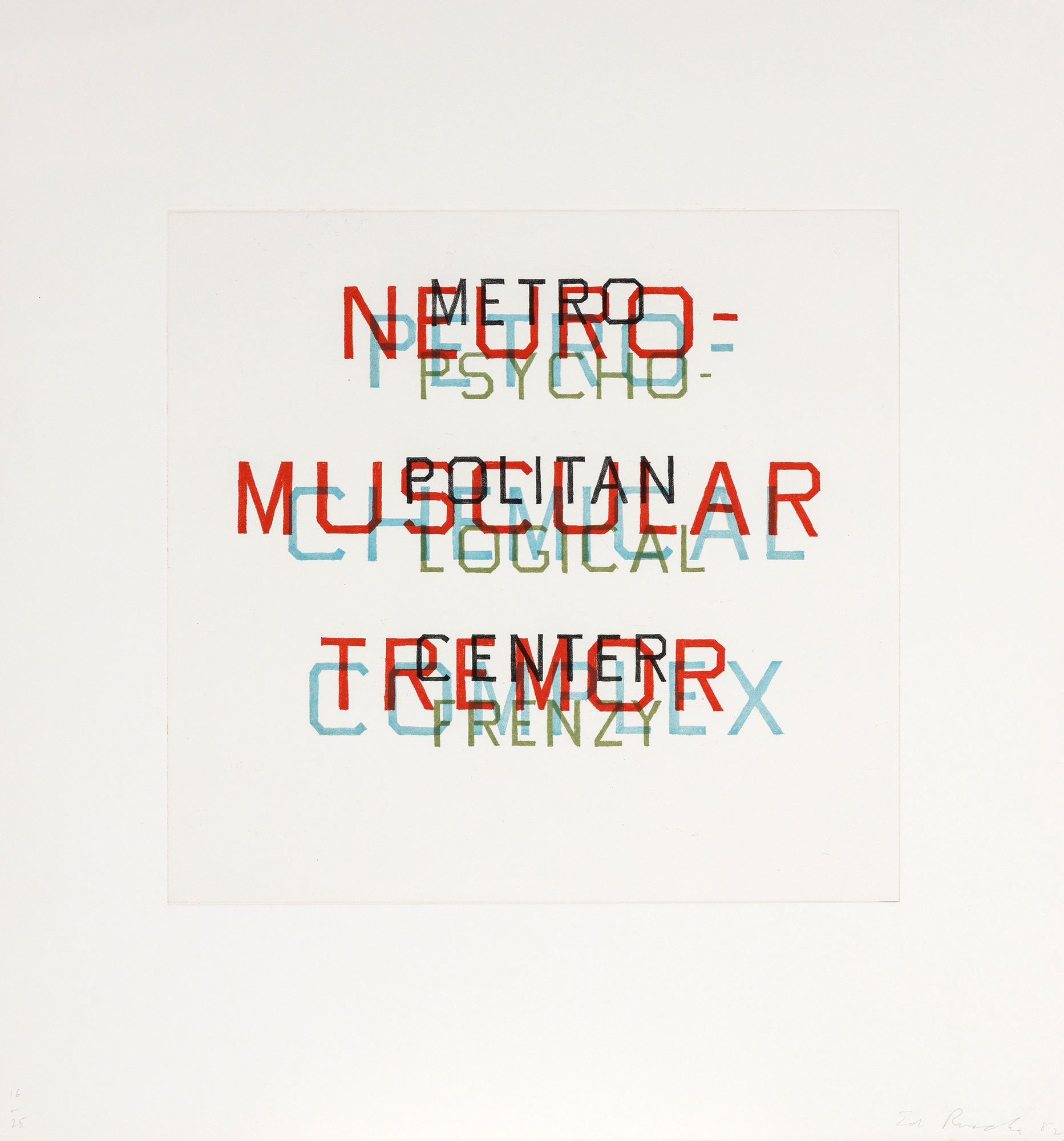
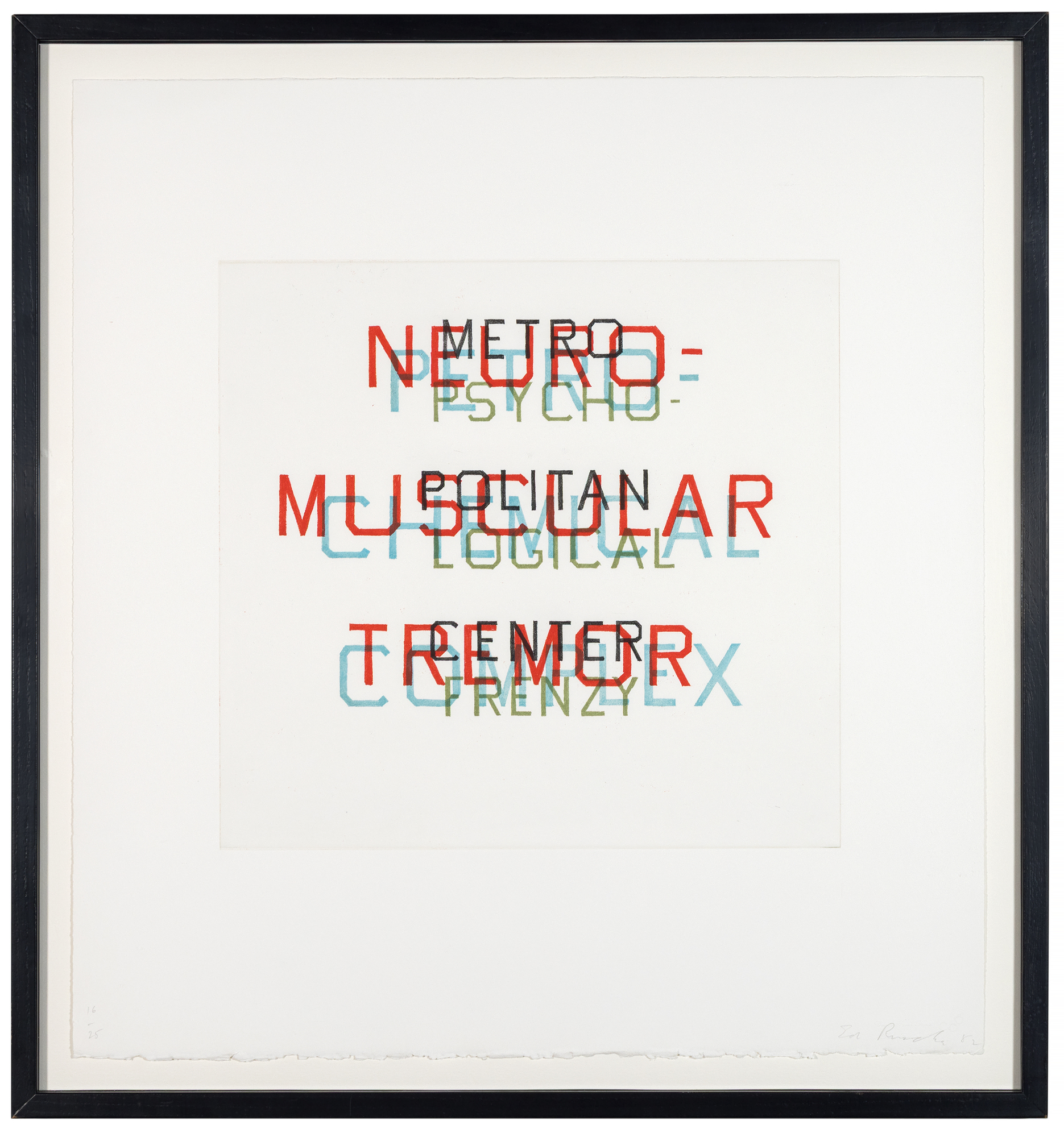
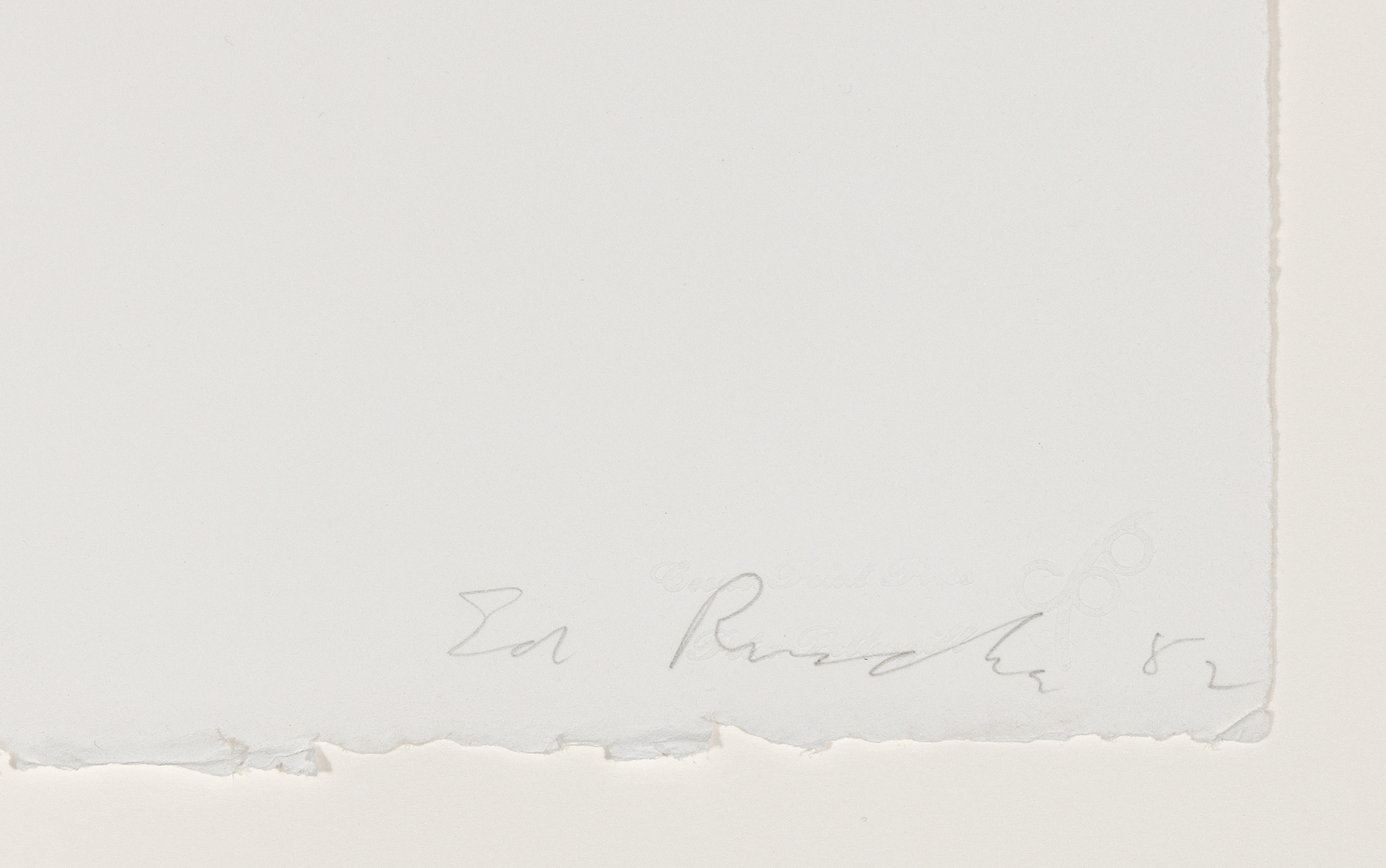
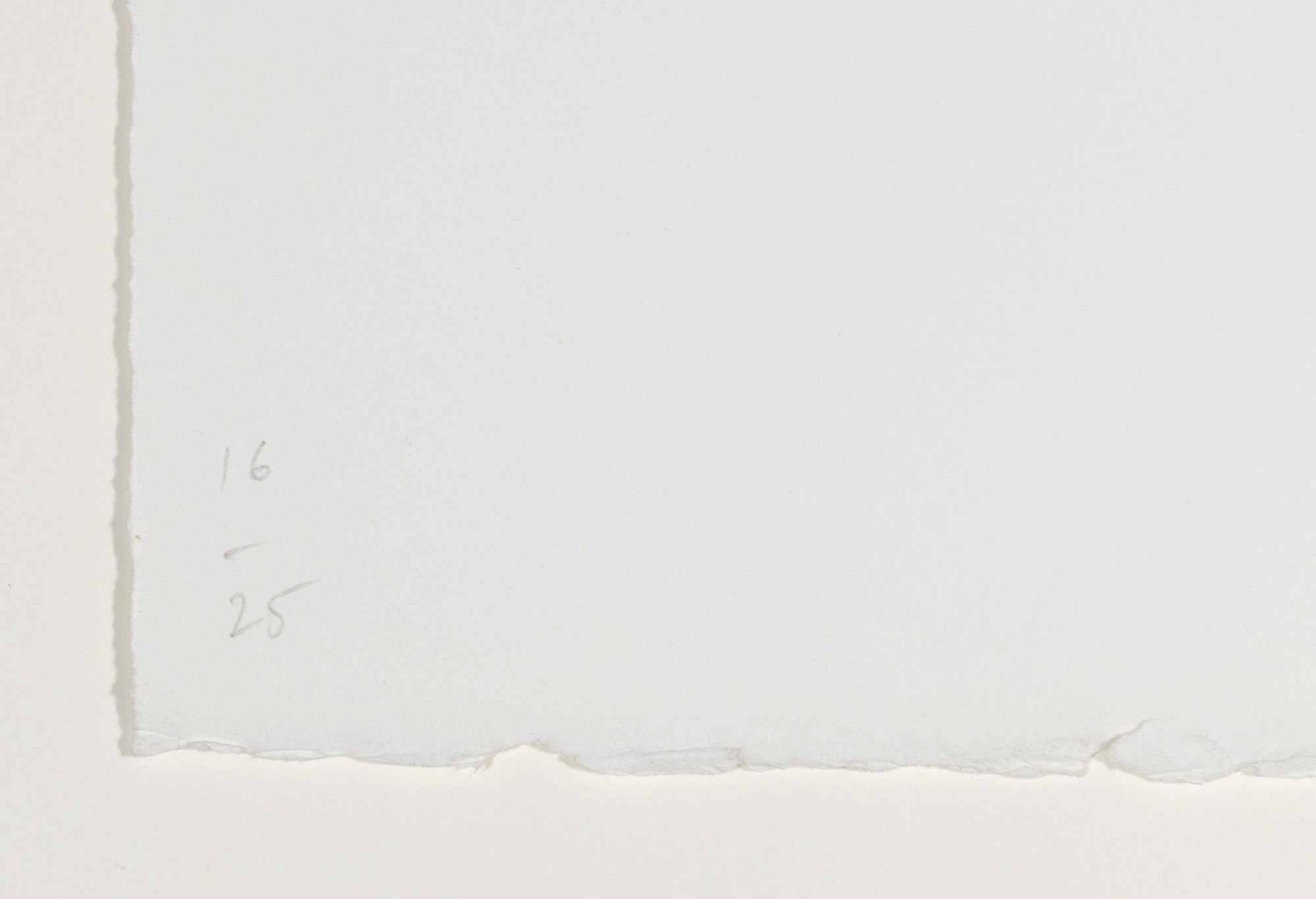
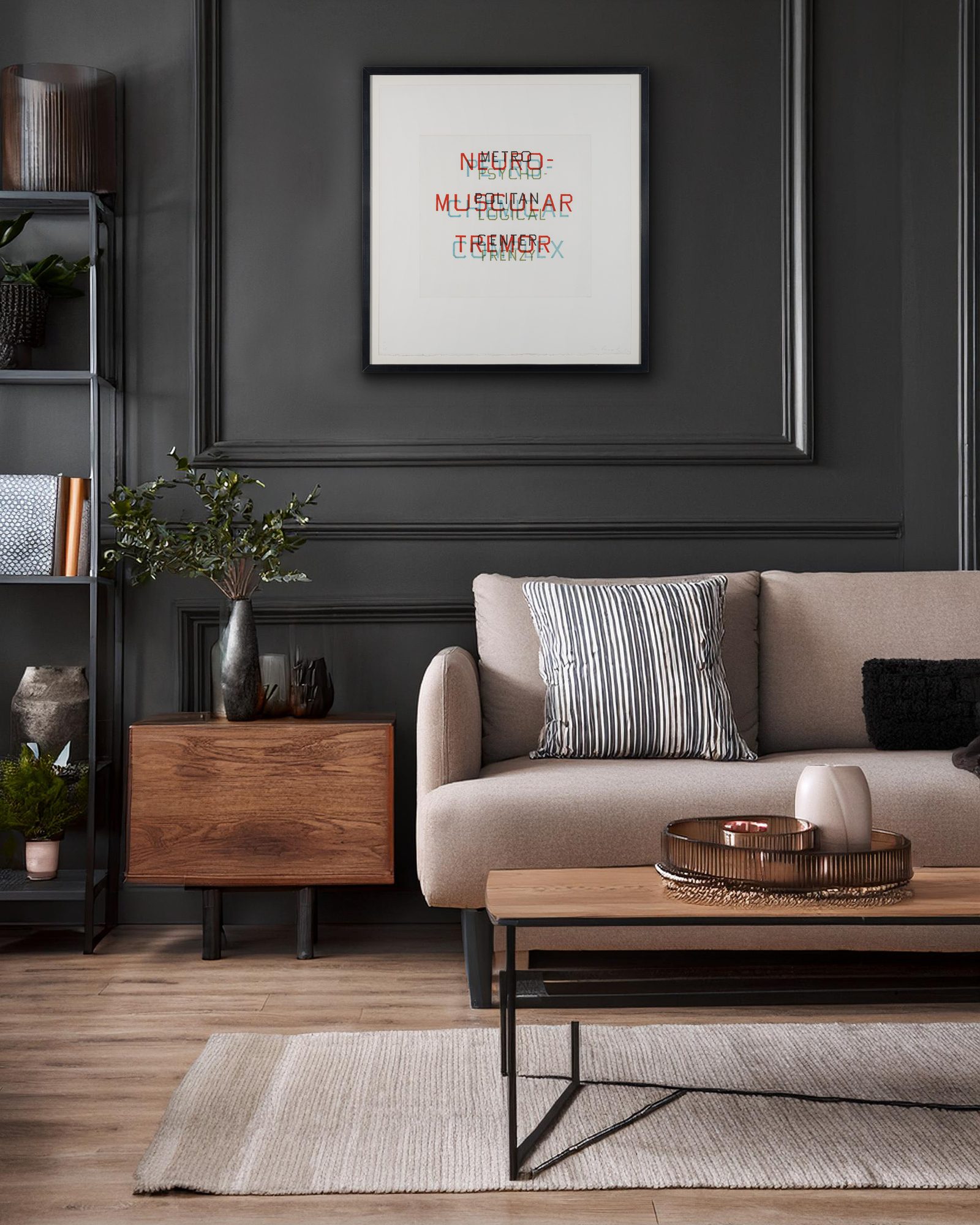
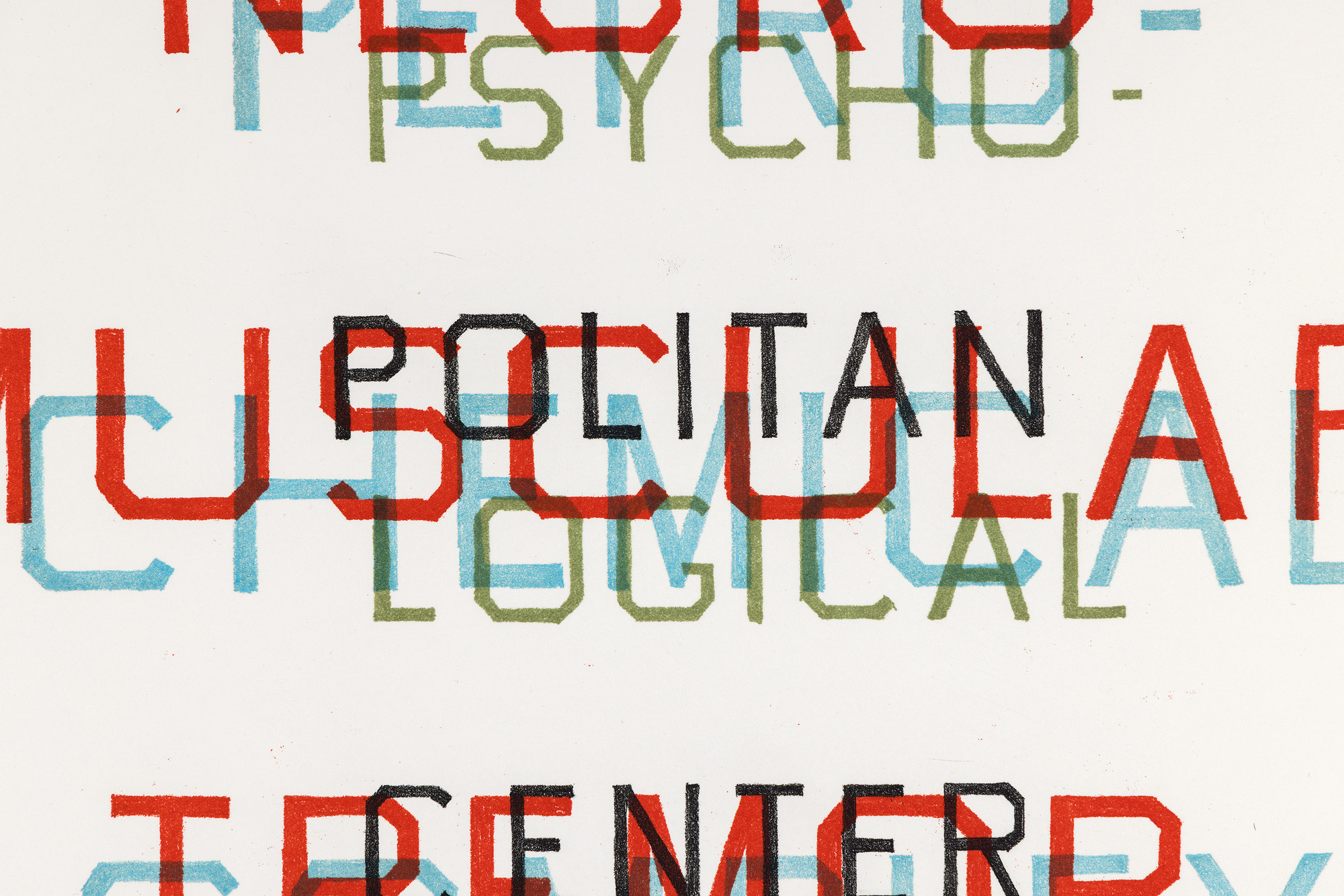
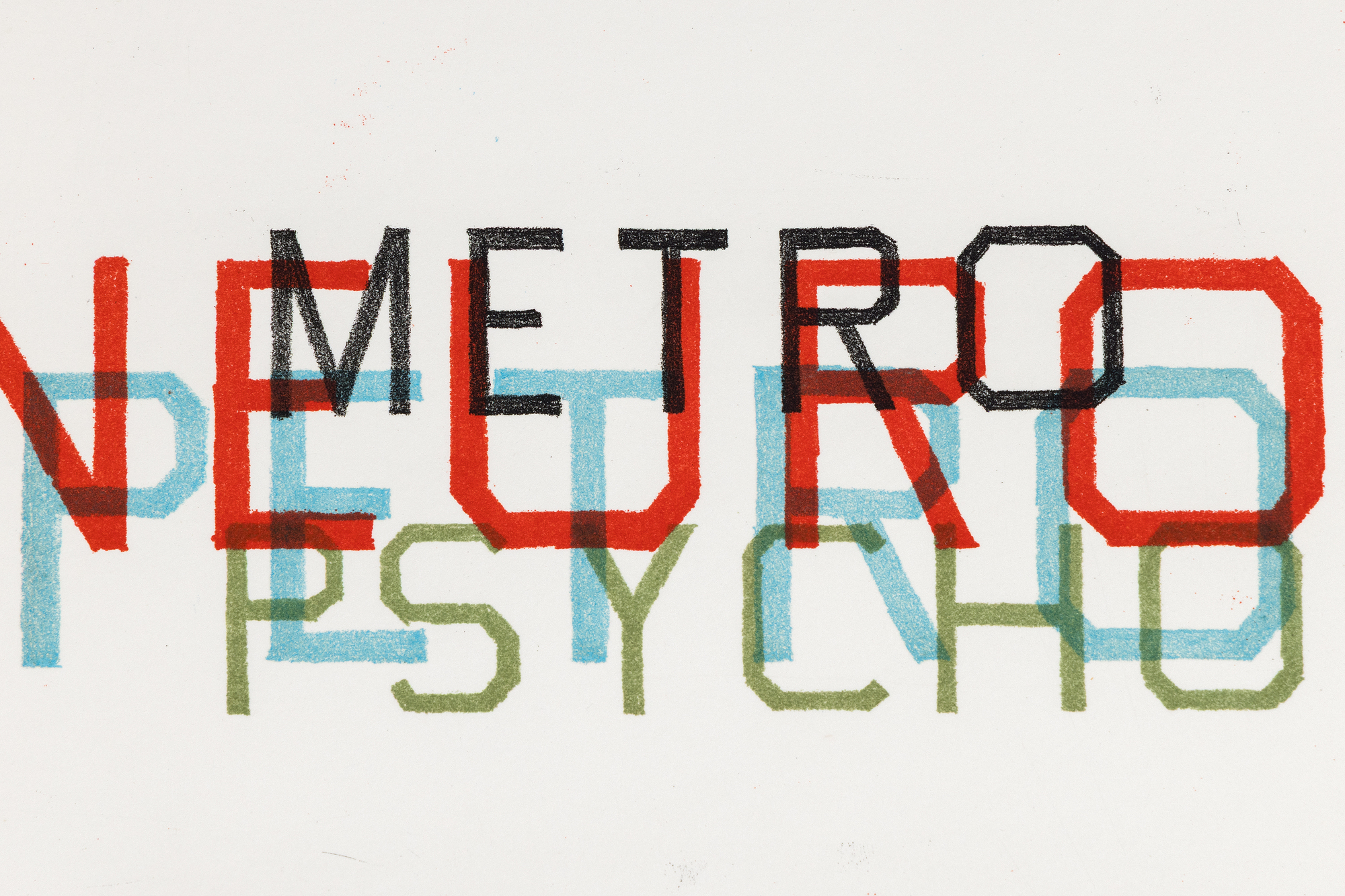
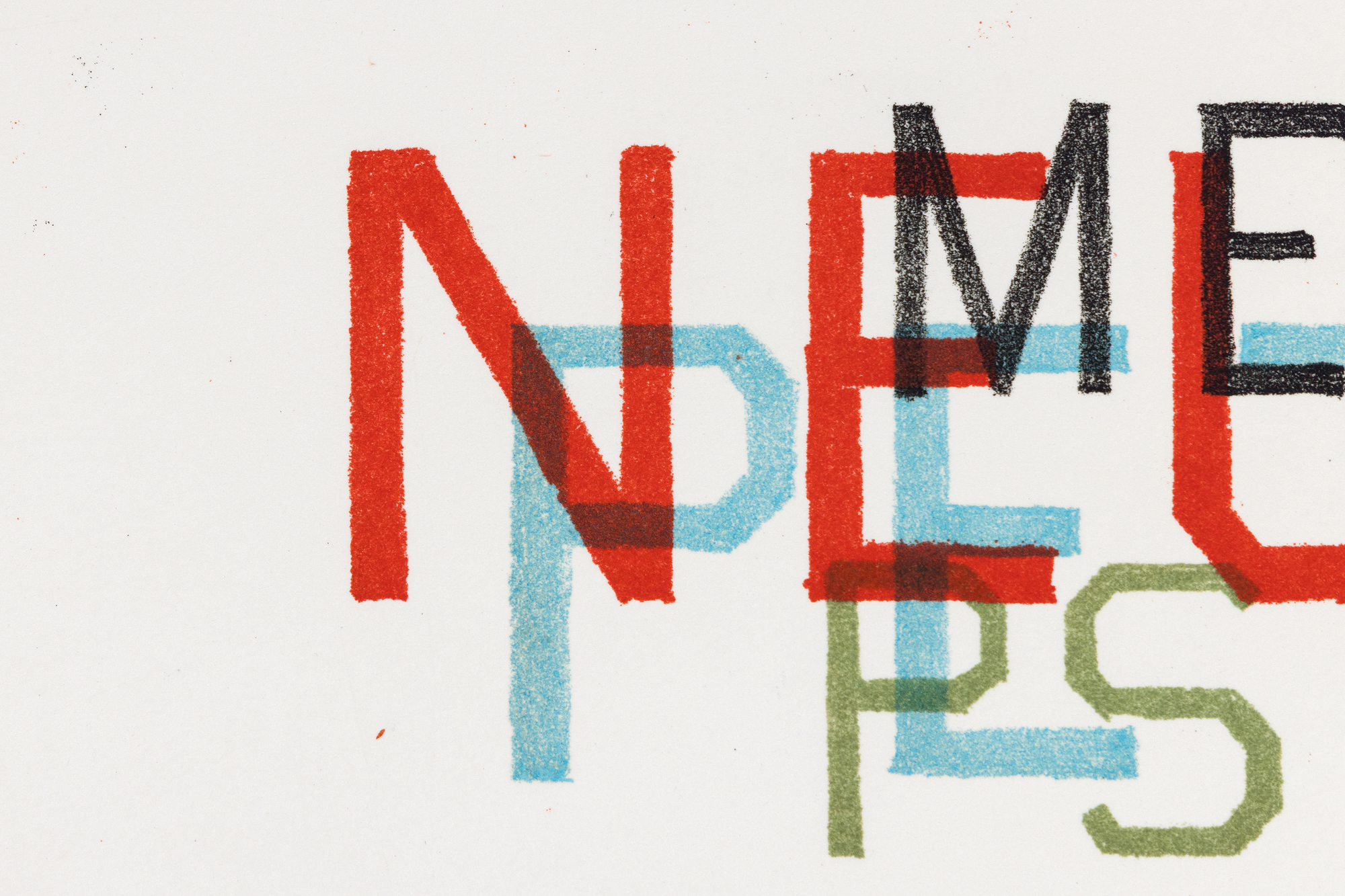
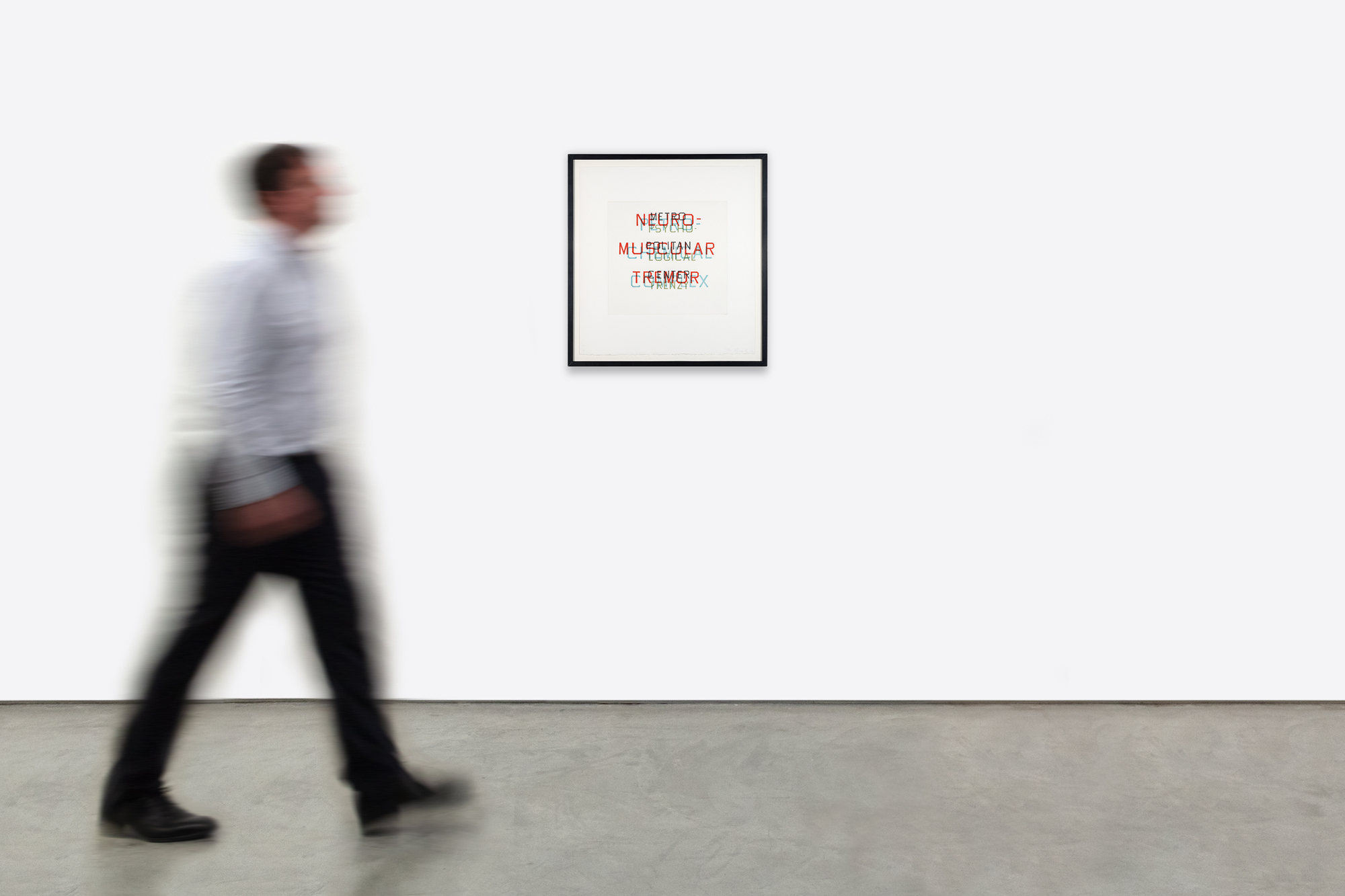
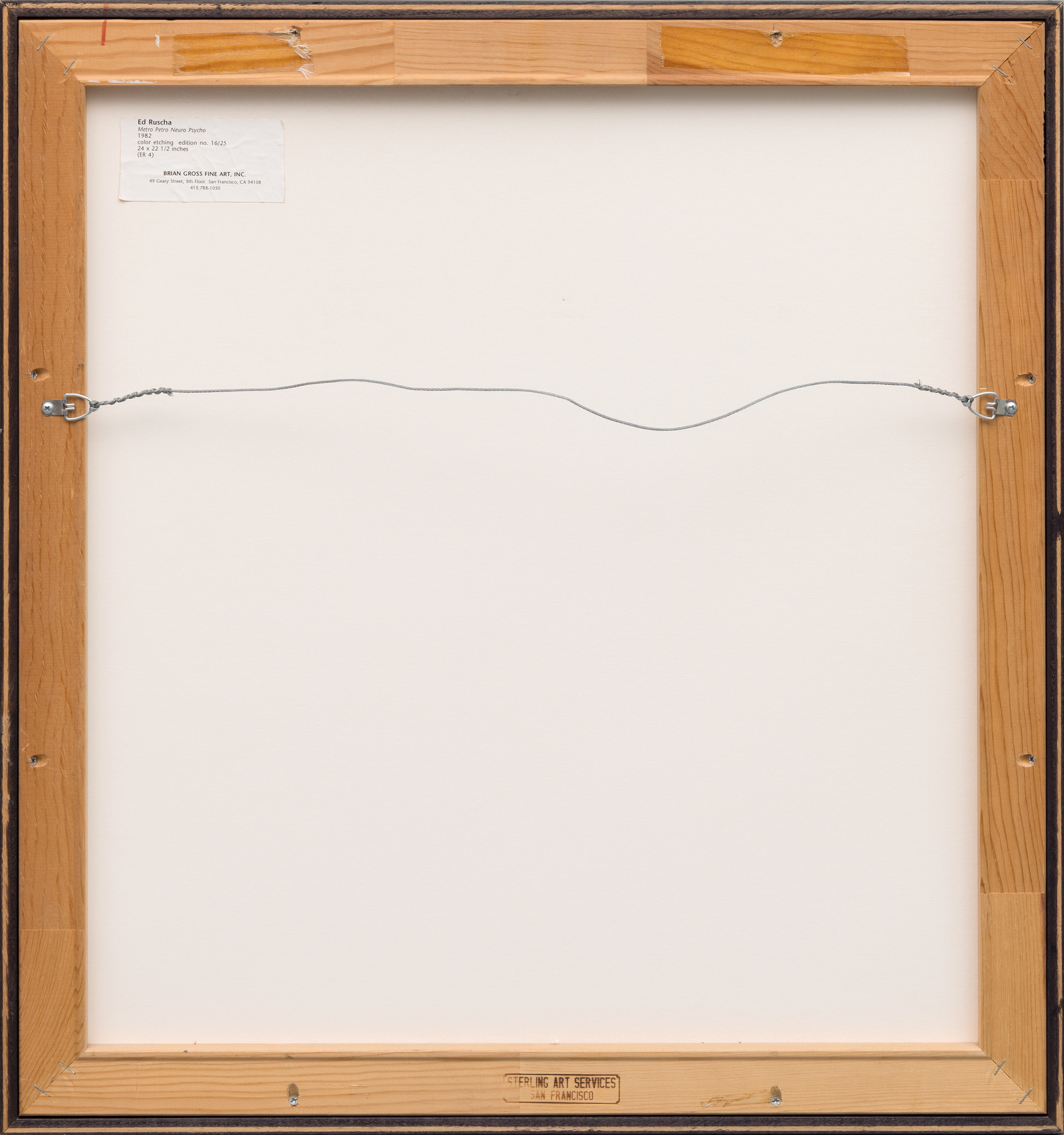
Provenance
Brian Gross Fine ArtPrivate Collection
25,000
Bridging Ruscha’s iconic word paintings of the 1960s with his more layered experiments of the 1980s and beyond, the print embodies his approach to isolating fragments of language—billboard slogans, overheard words, or invented phrases—so they can be reconsidered as both visual and semantic phenomena. Ruscha himself has described such arrangements as “visual noise,” simultaneously playful and disorienting. Institutional recognition of the work’s importance is affirmed by examples in the Museum of Modern Art, New York, and the National Gallery of Art, Washington.


